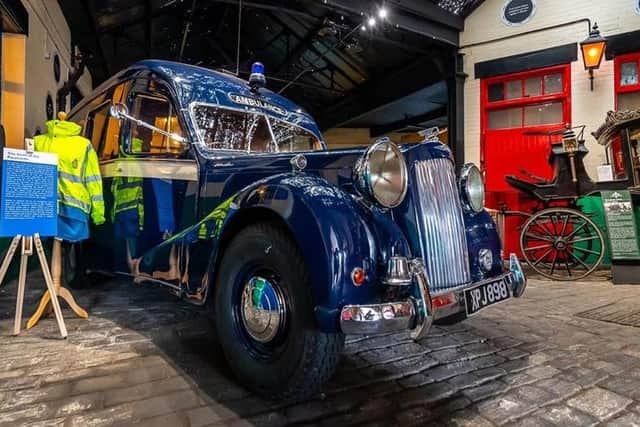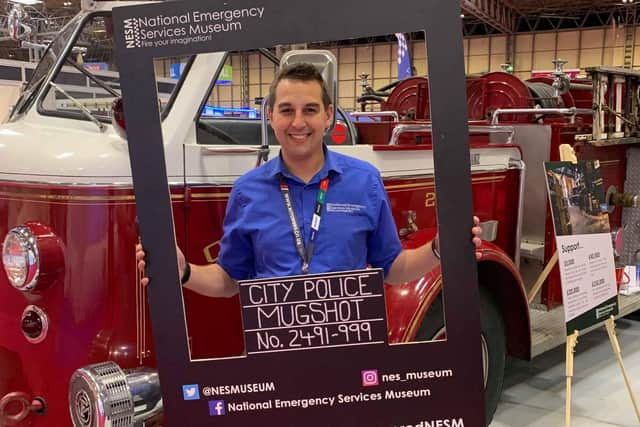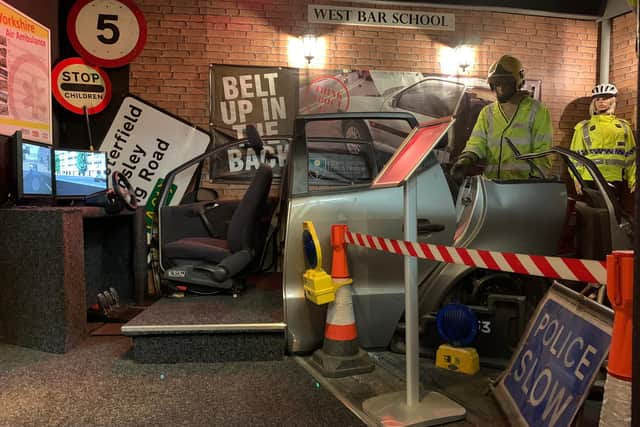National Emergency Services Museum makes triumphant return on '999' Day
and live on Freeview channel 276
“As soon as you step through the door, it opens outwards and upwards - over five floors in some places.
"There’s so much more inside than people think.”
For the past 40 years, the museum has housed its treasure trove of items in this unique Victorian grade II listed building, curved along Sheffield’s West Bar.


Advertisement
Hide AdAdvertisement
Hide AdInside, more than 50 emergency vehicles and over 600,000 exhibits tell the history of the Emergency Services in Britain.
But everything ground to a halt when the museum, along with others across the country, was forced to close its doors on March 18 as the coronavirus pandemic took hold.
In the months that followed, the independent and self-funded museum – which celebrates its 90th birthday next year – was faced with the very real possibility of having to close its doors for good.
"We weren’t able to get any grants,” says chief executive Matthew.


Advertisement
Hide AdAdvertisement
Hide Ad“It takes £300,000 a year for us to keep our doors open, and £290,000 of that comes from ticket sales and donations.
"Luckily for us, the public rallied, and their fantastic donations helped to keep us going.”
This week, the National Emergency Services Museum reopened its doors, admitting its first visitor – fittingly – on Emergency Services Day: at 9am, on the 9th day of the 9th month.
"We’re so excited to be back, and never stopped working during lockdown,” says Matthew.


Advertisement
Hide AdAdvertisement
Hide Ad"We’ve changed exhibits that had been in place for more than 30 years, ripped the police cells to bits and started again, and repainted and spruced everything.”
In keeping with health guidelines, the museum has removed a number of interactive exhibits, added hand sanitiser dispensers, moved to an advance booking-only system, and reduced visitor capacity from 500, to just 50.
"We’d rather do that and know that we can open safely,” says Matthew.
"We’ve put in a lot of work in the last six months, and now we’re relying on the public to pay us a visit, and help us to ensure that this history can stay, displayed right here, for many years to come.”